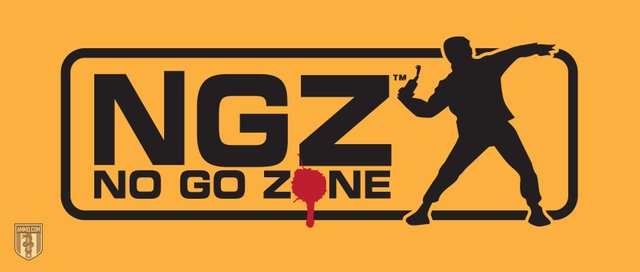
The failed state is to post-modernity what the nation-state was to modernity. It’s a recent development that is a hallmark of our age – like a state, but incapable of exercising sovereignty over all of its nominal territory. And while it might sound a little far-fetched, the failed state isn’t just coming to the West. It might already be here.
What Is a Failed State?
A failed state is a state no longer exercising effective control over the whole of its nominal territory. This can take a number of forms in practice, such as:
- A de facto separatist nation or nations existing within the boundaries of their de jure territory, competing for the monopoly on legitimate use of physical force.
- Failure of the legitimate authority of the nation to make practical, collective decisions.
- Inability to adequately provide basic social services such as policing, firefighting or emergency medical services to some or all of its territory.
- Inability to connect with other states through diplomatic channels; a lack of participation in the international community.
- A central government incapable of collecting enough tax revenue to operate effectively.
Who Decides If a State Is “Failed?”
You and anyone else can have an opinion on whether or not a state is failed. Politicians have less leeway, as calling a state “failed” can result in serious geopolitical consequences. As a result, most politicians would be hesitant to describe any state as “failed.”The “Fragile States Index” (FSI) is calculated by the U.S.-based think tank Fund for Peace. They use a number of objective and subjective factors to determine whether or not a state is failed (or “fragile” as they call it) by scanning media for indicators of social, economic and political failure or fragility in a country.
Among the top-ten most fragile states include: South Sudan, Somalia, Yemen, Afghanistan, and Zimbabwe. Haiti is the first representative from the Western Hemisphere at number 12. The next appearance in the Americas is Venezuela at 46, followed by Colombia at 71. Of the 10 most stable countries, eight are in Europe (Finland, Norway and Switzerland get the gold, silver and bronze respectively) and two are in Oceania (unsurprisingly, Australia and New Zealand). The most stable non-Western country is Singapore at 161, followed by Japan at 158 and Mauritius at 151.
The FSI does not hold a monopoly on deciding what nations are and are not “failed.” It is, however, the only major organization ranking countries.
Most people under 40 were probably introduced to the concept of a “failed state” by Somalia, after the collapse of its dictatorship in the early 1990s. This led to an extended American adventure in Somalia, resulting in the events described in Black Hawk Down: A Story of Modern War. Not only were American lives lost, but so was a significant amount of American prestige, as Washington neocons got their first bitter taste of “nation-building” in a nation which didn’t want to be built. The central government collapsed and nothing effectively replaced it.
To this day, some organizations operating within Somalia claim to be the ruling authority. Others claim to be separate, but completely legitimate nations. And those who must do business in Somali waters arm themselves via floating barges filled with guns and ammunition to fight off pirates.
Are Failed States Coming to Europe?
As with most things, the answer to this question depends on how we define “failed state.” For example, the presence of terrorism within a state doesn’t necessarily make it a failure, but rampant terrorism is a signature feature of a failed state. No one would suggest that the 9/11 attacks on America make it a failed state. However, the constant terrorist attacks against the Afghan state might be an argument in favor of Afghanistan as a failed state.
Continue reading No Go Zones: A Guide to Western Failed States and European Secessionist Movements at Ammo.com.